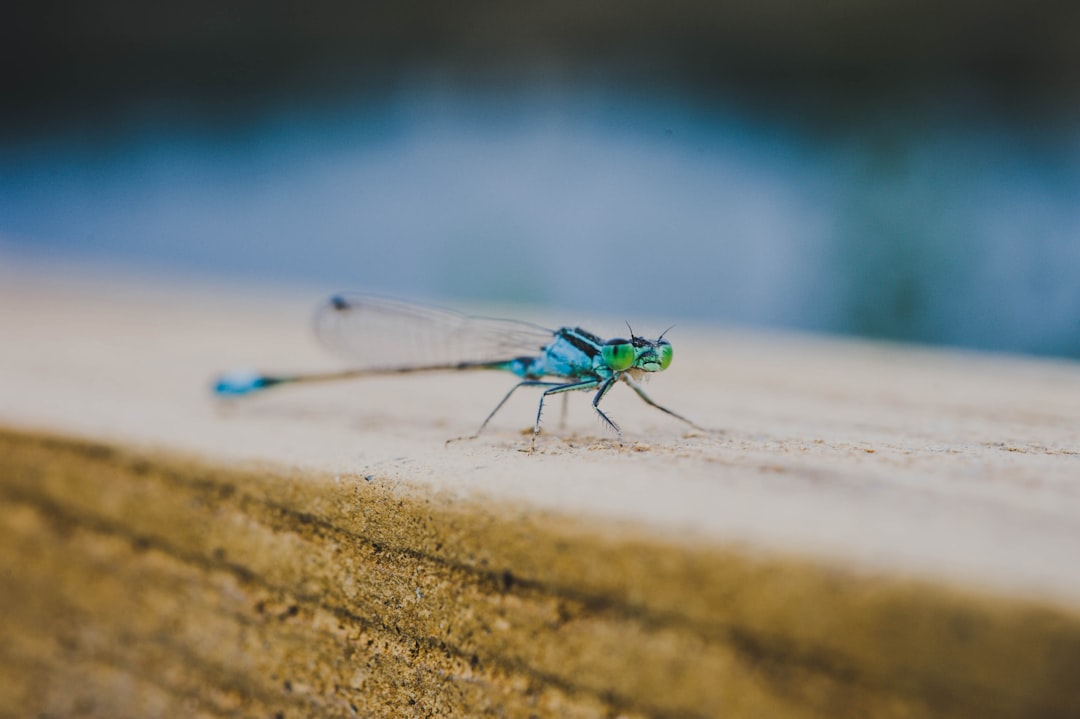What is it about?
Within the genus Iris, there is a large group of species called Oncocyclus or "royal irises" with very showy large flowers. Phylogeny and evolutionary history of this group is poorly known. We have found that flower color is unreliable diagnostic trait for Oncocyclus taxonomy; that some recognized species comprise more than one species; and that group evolution did not involve the origin of distinct flower aggregates.
Featured Image

Photo by roy zeigerman on Unsplash
Why is it important?
We identified the most important evolutionary forces in Oncocyclus group evolution: homoploid hybridization followed or preceded by long periods of geographic isolation, and local selection. In the group evolutionary history, importance of homoploid hybridization and local selection differed among species, but limited gene flow played a crucial role for all species.
Perspectives
Knowledge of the evolutionary history of this group is important as it may help in these species conservation. Currently, all species of this group are endangered or critically endangered.
Sergei Volis
Read the Original
This page is a summary of: Israeli Oncocyclus irises: Phylogenetic relationships and evolutionary history, Israel Journal of Ecology and Evolution, July 2023, Brill,
DOI: 10.1163/22244662-bja10057.
You can read the full text:
Contributors
The following have contributed to this page










